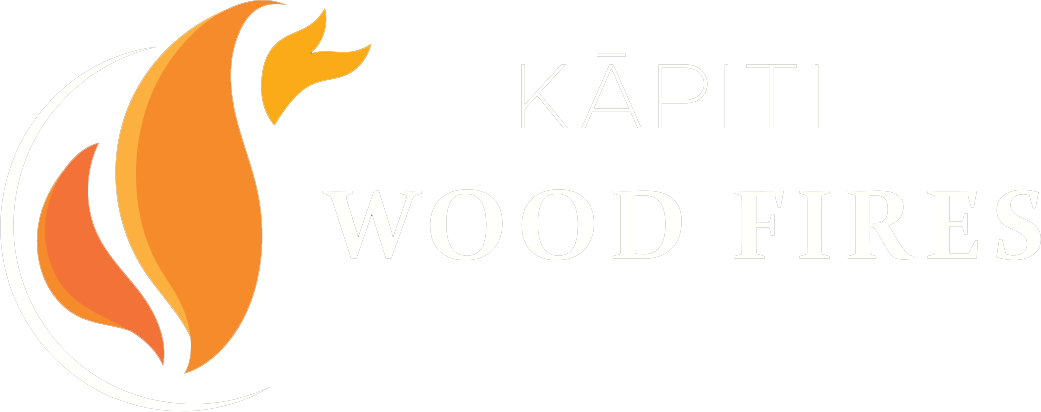The Truth about Chimney Sweeping: The Roof Method Is Dying
Chimney sweeping has changed, and fast. The traditional method of climbing onto the roof with a brush and rod setup is giving way to safer, smarter alternatives. In Wellington and surrounding regions, where steep roofing, wild weather, and tight property access are common, inside chimney sweeping is becoming the new norm.
Homeowners still expect the old-school roof-access approach, but many don’t realise there are now cleaner, more efficient ways to do the job. This article breaks down what’s changed, why it matters, and how to ensure your chimney gets the care it needs without the risks that come with outdated methods.
Key Takeaways
Traditional roof-access sweeping is becoming outdated due to safety and access issues
Inside (bottom-up) chimney sweeping is safer, cleaner, and more suited to Wellington homes
Roof access may still be needed for older homes or chimney caps with visible blockages
Your sweep's method directly affects fire safety, performance, and how often maintenance is needed
Ask your sweep about their tools and process to avoid incomplete or messy jobs
What Is Roof-Access Chimney Sweeping and Why Was It the Norm?
The Traditional Brush and Rod Method
For decades, the roof was the sweep’s workspace. Using stiff-bristled brushes and extension rods, chimney sweeps would lower their tools down the flue from the top. In older Wellington villas or rural homes around Otaki and Levin, this was the standard practice.
It worked well enough, especially when creosote build-up was the main concern and access was relatively simple. However, this method depended entirely on safe roof conditions and a clear flue pathway.
The Hidden Downsides of Roof Sweeping
Roof sweeping in areas like Lyall Bay or Featherston is now riskier than ever. High winds, slippery surfaces, and fragile roofing materials increase the likelihood of falls or damage. In some cases, homeowners have paid more for scaffolding than for the sweep itself.
Even when safely performed, roof-access sweeping doesn’t always allow for a thorough inspection of the flue interior or chimney cap. Incomplete cleaning, missed bird nests, or hidden structural issues are common outcomes.
The Rise of Inside Chimney Sweeping: Cleaner, Safer, Smarter
How Bottom-Up Sweeping Works
The modern inside method starts at the hearth. Using flexible rotary brushes powered by a drill, we clean the chimney from the base up. This technique is paired with sealed vacuum systems to capture soot and debris instantly.
It's effective, low-mess, and eliminates the need to access the roof entirely. In many newer homes across Paraparaumu, Porirua, and Lower Hutt, the roof is either inaccessible or unsafe. Inside sweeping is not just more convenient; it is essential in many cases.
Benefits That Matter for Wellington Homes
Wellington homes aren’t designed for roof traffic. Many newer builds have steep-pitched roofs or lightweight tiles that can’t safely support regular climbing. Inside sweeping removes that risk altogether.
Because we work from the bottom, there’s no need to worry about scaffolding, weather delays, or tracking soot through the house. The job is cleaner, quicker, and more controlled.
Why Method Matters: What Homeowners Often Overlook
Your Sweep’s Method Can Affect the Quality of the Clean
A roof sweep may miss key internal build-up if their equipment isn’t suited to the full flue length. This can leave creosote deposits untouched, creating a fire risk over time.
Bottom-up methods give better control and visibility of the entire flue. Plus, modern sweeping tools offer more consistent contact along the internal walls, ensuring a thorough clean.
The Impact on Fireplace Efficiency and Safety
Dirty chimneys reduce airflow, limit burn efficiency, and increase smoke output. In severe cases, blockages can push harmful gases back into the room. We’ve seen it firsthand in Lower Hutt homes where an ineffective sweep left residues that nearly triggered a chimney fire.
Proper sweeping improves draft, heat output, and fire safety. Inside sweeping supports more regular maintenance by making the process quicker and less invasive.
So, Which One Is Best for Your Type of Home?
In modern Wellington homes, especially those with complex roof designs or multi-level structures, inside sweeping is often the most practical option. It is safer for the technician and more convenient for the homeowner.
However, there are still cases such as older homes with wide flues or blockages near the cap where roof access is required. In these cases, we use a hybrid approach: inspecting from the top but cleaning from the bottom where possible.
What to Ask Your Sweep Before Booking
Before hiring a sweep, ask:
Do you clean from inside or on the roof, and why?
Can you inspect the chimney cap for blockages or damage?
What tools do you use to minimise soot and protect the room?
These questions ensure you’re dealing with a modern, safety-conscious provider who can deliver a complete and clean result. For a full breakdown of what happens during a professional sweep, see our step-by-step guide to chimney sweeping for Wellington homes.
The Final Word
After two decades of installing, repairing, and maintaining wood fires across Wellington, we’ve seen how sweeping standards shape the safety and performance of a home. The move away from roof-access sweeping isn’t just about comfort or convenience; it is about delivering a better outcome for the homeowner.
At Kapiti Woodfires, we assess each job based on safety, access, and chimney type. Inside sweeping is often the preferred method because of its control and cleanliness, but roof access remains necessary in some cases. Our approach is based on what delivers the best result for your home.
Get In Touch
For any enquiries or to have a chat about your requirements, please phone us or reach out through our web form at:

